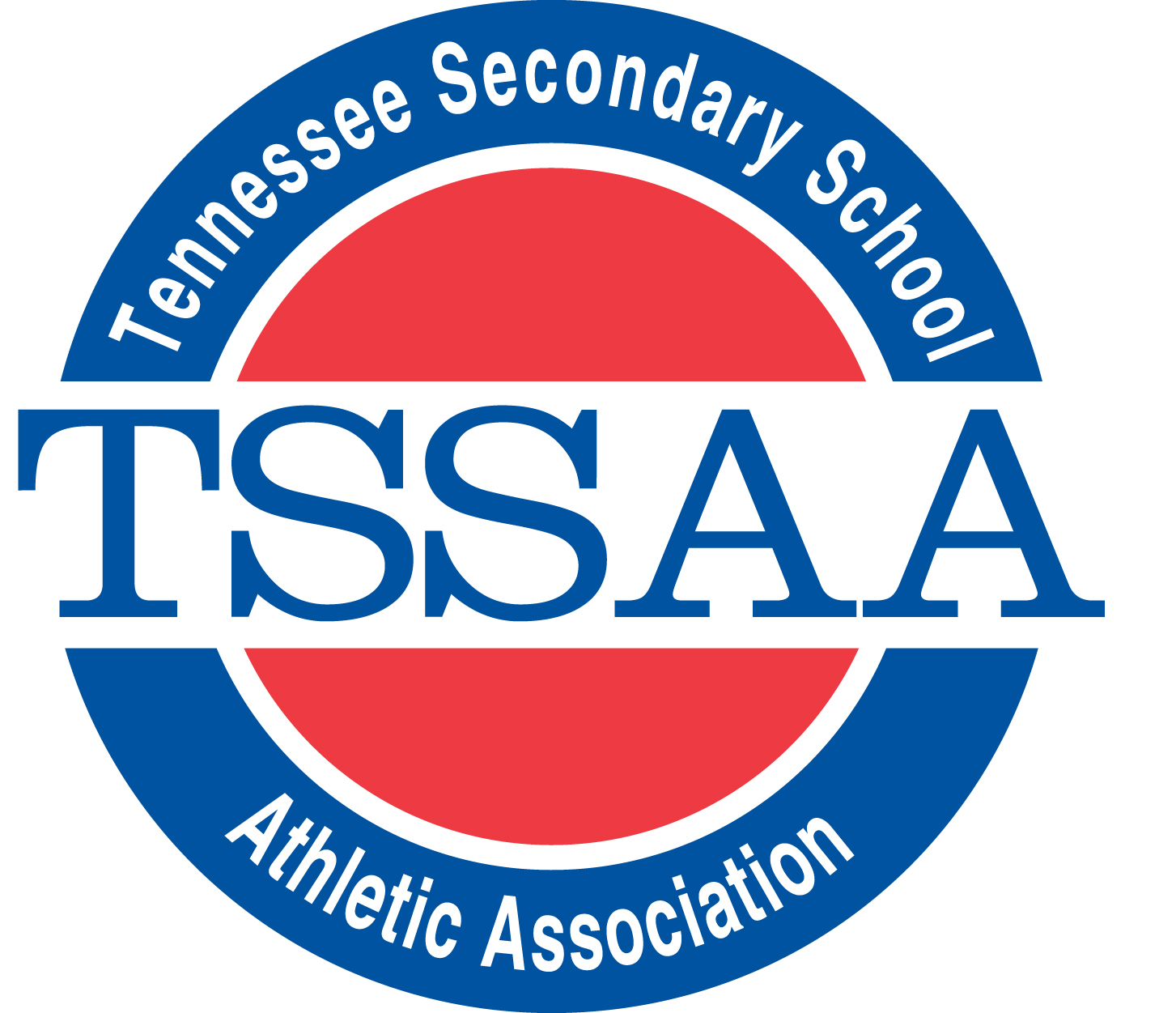Read between the lines in the accompanying story by Stephen Hargis and it seems all but inevitable that the Tennessee Secondary School Athletic Association's public and private high schools are headed for an irrevocable split, some never to meet again on an athletic field or court.
Brilliant, don't you agree? At a time when our nation inches closer and closer to class warfare, the financial gap never wider between the haves and have-nots, the Volunteer State's educators seem determined to bolster the unfortunate assumptions that already divide the financially blessed and less blessed among us, heightening the distrust and resentment that exists on both sides, needlessly enforcing stereotypes that desperately need to be dissolved.
A disclaimer is necessary here: I graduated from McCallie School in 1976. But the first 10 years of my formal education were spent in three separate public school systems in two states. So I've lived the public/private argument from both sides, though it was a far less hostile debate 40 years ago.
And, yes, the private schools would appear to win too much in every state these days. A survey conducted by Athletic Business Magazine this past year showed that while non-public schools in Alabama make up only 12 percent of those eligible for tournament action, those schools won 36 percent of the state titles during the 2011-12 school year. Fifteen years ago those same schools won less than 26 percent.
Turning to California, the magazine found that while 26 percent of the Golden State's schools are non-public, they won a whopping 53 percent of the state titles in that same school year, including sweeping boys' and girls' track and field in all five classes.
So the fact that private schools in Tennessee's smaller classifications (bigger private schools such as Baylor, GPS and McCallie have been separated from public school championships since 1997) have won 15 of 51 state football titles isn't vastly different from other states.
That doesn't mean squawking from the public sector about recruiting should be ignored. One local middle school coach once told this newspaper of his two best players being approached by a private school parent after a game at that school. The man handed the players his business card and asked them to call him if they were interested in attending that school. Unless he was handing out the same card to public school artists, musicians and math whizzes, that's shameful recruiting and the TSSAA needs to severely penalize those offenders.
Beyond that, every time a private school cheering section breaks into the 30-year-old Duke basketball chant, "That's all right, that's OK, you will work for us one day," during a loss to a public school, it exacerbates the shrinking civility between the two sides.
Never has the phrase, "Of whom much is given, much is expected," needed more heeding.
But public schools recruit, too, and it could be argued that such a practice in an environment already short on academic achievement further erodes the public school's attempt to compete academically with its private counterpart. If the message to kids already behind the learning curve is that the most important component of public education is winning athletic championships, doesn't that continue to water down the message that academic excellence is their best path to a prosperous adulthood?
This isn't to denounce the worth of sports in secondary education. In an excellent article in The Atlantic, Jared Bigham, a former principal of two schools in Copperhill, Tenn., said of the value of athletics:
"If I could wave a magic wand, I'd have more athletic opportunities for students, not less. I've seen truancy issues completely turned around once students begin playing sports. When students have a sense of belonging, when they feel tied to the school, they feel more part of the process."
But we also need our public and private students together as much as possible, embracing their similarities rather than obsessing over their differences.
As Valerie Radu, a retired social works professor at the University of Tennessee at Chattanooga who's now an adjunct professor at Southern Adventist, said Friday: "If you don't create places for people of diverse backgrounds to interact, you take away opportunities for common ground and understanding. We're already seeing a decline in usage of public parks and libraries. High school sporting events are a great place for people from different backgrounds to meet and mingle."
Sixty years ago the Supreme Court ruled in Brown versus the Board of Education: "In the field of public education, the doctrine of 'separate but equal' has no place."
That ruling was meant to force those with more to provide greater opportunity for those with less, to improve the plight of black America through education, the long-term hope being that once thrown together as children, blacks and whites would far more easily integrate as adults.
Which is why the complete separation of public and private athletics is wrong. It's 1954 all over again, only this time those with less are segregating themselves from those with more, reverse discrimination in its oddest form.
And to think that the athletic realm was supposed to be the one place talent and togetherness got a fair shake. Sometimes the only place. Yet when it comes to recent TSSAA championships, the statistics don't lie. The private schools are winning in disproportionate numbers and it's getting worse.
So maybe it is best to let publics and privates stage their separate championships after a joined regular season. Especially if it encourages more kids to take up sports and put down the remote control.
Just don't separate them completely. If the Supreme Court could rule against separate but equal regarding public education in 1954, it's time for common sense to strike down similar polarizing thinking regarding Tennessee's public and private high school athletic teams in 2014.
Contact Mark Wiedmer at mwiedmer@timesfreepress.com

